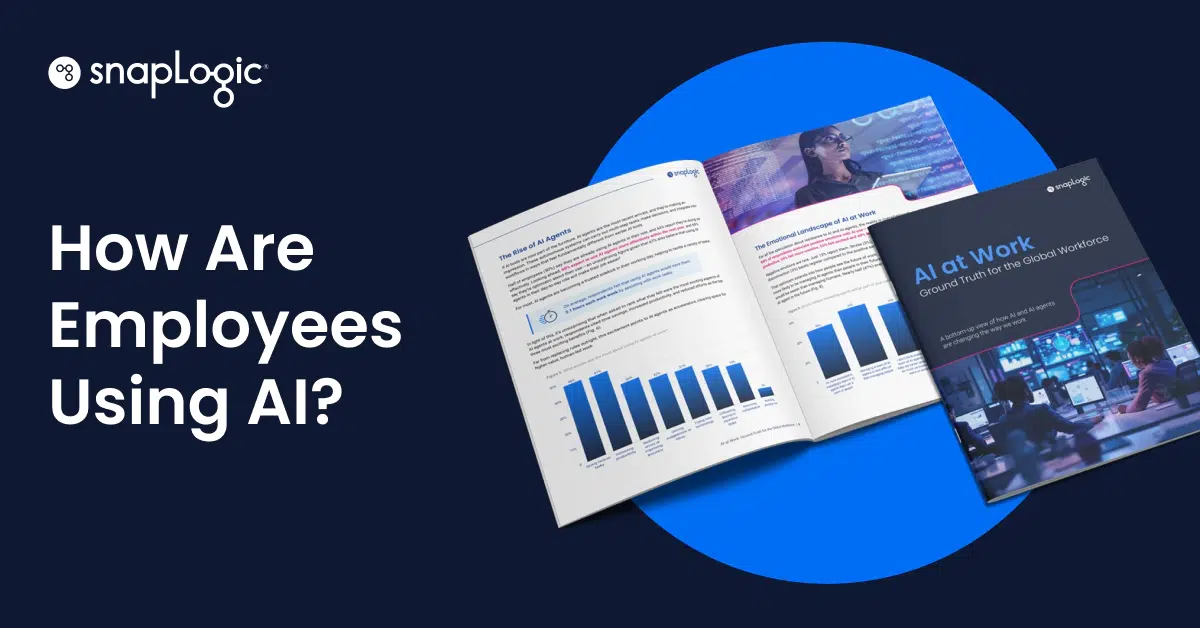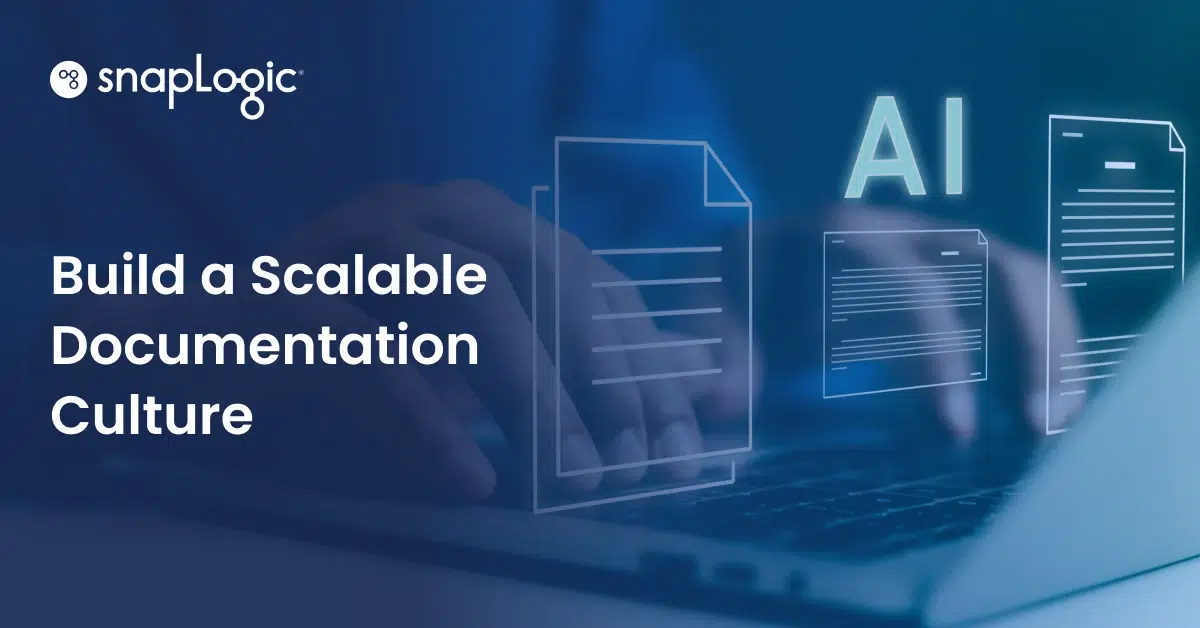Originally publish on hrpraktijk.nl.
In the current digital age, successful organizations are organizations that use data to improve processes, serve customers better, exploit new opportunities in the market, and gain a competitive advantage. Not all departments within an organization are equipped to utilize data to its fullest potential. One of the departments getting left behind is HR.
It’s not that HR doesn’t use technologies such as artificial intelligence (AI) and machine learning at all; HR uses these technologies, for example, to optimize the search for suitable applicants. For example, talent acquisition software can quickly scan and read CVs and make a pre-selection based on the right skills. But there’s more. In order to make full use of the possibilities of AI and machine learning, HR teams have to go one step further. By deploying AI and machine learning, HR can be of even more strategic. The department is then better able to meet future business needs and keep employees happy.
Recruiting talent
One step in the right direction is to set up talent acquisition processes that utilize data – looking for candidates with skills that are important to business objectives. To address long term talent acquisition needs – for example, finding candidates who have the sought-after skill sets that will be needed five to ten years from now to meet future business goals – organizations are tapping artificial intelligence and machine learning. To do this, organizations must use data lakes in which datasets from different sources are collected. These datasets include databases of universities, social and professional networking sites, tracking systems for job applications, specialized blogs, and other data sources on work, education, employment, and geopolitical trends. Subsequently, machine learning provides insights from all these collected data. Based on these insights, a strategic plan can be drawn up and determined which skills will become important in the coming years.
Retaining talent
But while hiring the right staff is one thing, retaining the right staff is something completely different. One of the biggest problems in the HR sector is keeping employees. A recent survey shows that 60% of HR teams find retention a major problem. From recruiting staff to training and developing a good relationship, data and artificial intelligence can help to retain staff.
Analyze data with AI programs
There are AI programs that analyze employee data, which can then determine how likely it is that they will leave. This assumption is based on various factors, such as work habits, career breaks, education level, and previous jobs. It can be particularly difficult to keep employees in the first few months, because the job description, for example, does not fit well with the work or because they are not properly supervised. In addition, the systematic overloading of the best employees with too much work leads to a quicker dismissal, as well as a lack of employee recognition of their performance. Too little challenge or creativity in their work can be reasons why employees leave. Artificial intelligence and analytics process different data sets of employees to determine how they work and which method works best – for example: does the new introductory process work or does it drive people away? Do certain employees work too much? Artificial intelligence can also use data to measure the speed of keystrokes or the time spent on viewing slides. On this basis, the degree of interest in training modules can be determined, and advice can be given on how an employee learns the best.
These are just two examples that show how the application of AI and machine learning can make the HR department much smarter. However, access to data is crucial here. And this data must be accurate, consistent, and easily accessible. Good data integration is the first step to success. With the right data integration solutions, the HR department can make informed and strategic decisions.
In this way, the HR department plays a strategic role within the company. HR leaders can focus on strategic initiatives, keeping employees on board, allowing teams to do their job well, and transforming the entire organization into the strategies and activities that support a data-driven digital transformation.










